With the temperature suddenly dropping like a stone, we can no longer plausibly deny that fall is upon us. But if, like me, you dread those winter months being stuck inside, there is good news:
PLANTS!
Indoor plants boost morale, productivity, concentration, and creativity. They reduce stress, fatigue, sore throats and colds. Plants improve air quality, absorb toxins, produce oxygen and humidify that dry winter air. And most importantly for our purposes - they look great! They improve the aesthetic of any space and soften the sterile indoors.
 But if you are thinking, "Yes, Linda, but I have a black thumb and have killed every plant that has ever been unlucky enough to come into contact with me," I have more good news:
But if you are thinking, "Yes, Linda, but I have a black thumb and have killed every plant that has ever been unlucky enough to come into contact with me," I have more good news:We are not only going to talk about how to use plants to beautify your home and create a serene reprieve from all those gray skies, slushy sidewalks and bare branches looming in our future BUT we are also going to talk about the 10 best houseplants for natural born plant-killers like yourself.
Talk about a Win-Win! So let's start with -
Using Houseplants in Your Decor
  |
| Re-purpose old goblets, chipped enamel mugs, or other charming containers as planters. |
  |
| Keep fresh herbs close at hand in your kitchen to enjoy them all year round |
  |
| Look for unique vessels for your plants, like a re-purposed light bulb or this cool glass bulb your little plants |
  |
| Go all out - Fill a corner or a whole room with a lovely little potted garden |
  |
| Or keep it simple and subtle with little splashes of green here and there. |
Now for those of you who are looking at these pictures and remembering all the plants you've killed, Here are the Top 10 Easiest Houseplants to care for.
POTHOS
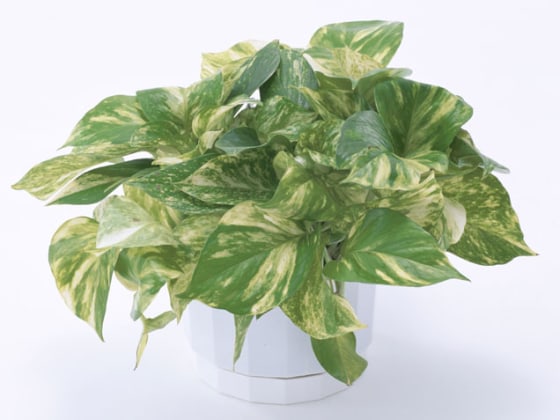 Why you want it: First of all, this indoor plant has an air-purifying quality that can absorb and strip toxins like formaldehyde from materials in the home like carpet. How neat is that? It has trailing stems and works well in a hanging basket or as a climbing plant with some training onto a trellis or whatever object you like that will support it.
Why you want it: First of all, this indoor plant has an air-purifying quality that can absorb and strip toxins like formaldehyde from materials in the home like carpet. How neat is that? It has trailing stems and works well in a hanging basket or as a climbing plant with some training onto a trellis or whatever object you like that will support it.How to care for it: This indoor house plant can produce stems that trail eight feet or longer, so just cut them back when they get too long and your plant will continue to look full and healthy. It can thrive in an array of lighting conditions, but low light may diminish the leaves' variegation. Allow soil to dry somewhat between watering. Pothos does well in an array of normal room temperatures.
ALOE
Why you want it: This succulent with long pointed leaves has medicinal properties you probably well know from product labels. It can grow three feet high for big impact indoors. Smaller varieties like the popular aloe vera, work great in small, sunny indoor spaces.
How to care for it: Aloe likes room temperatures around 70 degrees and a lot of sunlight. As you might expect for a succulent, this indoor house plant prefers dry soil, so avoid frequent watering for the best result.
How to care for it: Aloe likes room temperatures around 70 degrees and a lot of sunlight. As you might expect for a succulent, this indoor house plant prefers dry soil, so avoid frequent watering for the best result.
SPIDER PLANT
Why you want it: These unusual-looking indoor plants add visual interest to a room, and they haven't fallen out of fashion after years of popularity in the home. Spider plants come in a number of varieties, and work well as hanging plants.
How to care for it: Spider plants do well with evenly moist soil and bright or medium lighting conditions. Room temperatures of 60 to 75 degrees keep them thriving.
How to care for it: Spider plants do well with evenly moist soil and bright or medium lighting conditions. Room temperatures of 60 to 75 degrees keep them thriving.
ENGLISH IVY
Why you want it: There's a real timeless elegance to ivy, and it trails down furniture for a pretty effect. Plus, it's super easy to start a new plant for yourself or a friend by cutting a section of the stem. Instant hostess gift! (OK, not really instant, but give it just two weeks or so.)
How to care for it: English Ivy likes moist soil and cooler room temperature conditions, ranging from the mid-50s to about 70.
How to care for it: English Ivy likes moist soil and cooler room temperature conditions, ranging from the mid-50s to about 70.
JADE PLANT
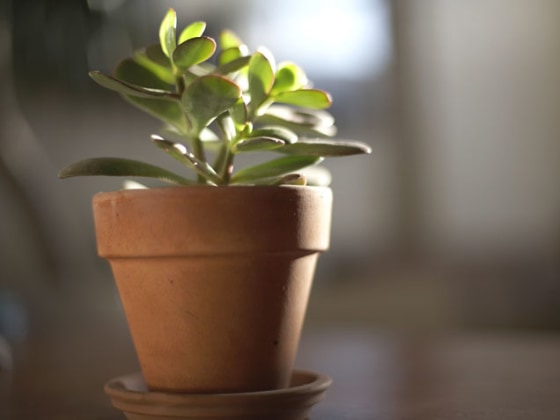 Why you want it: For those who love the look of a succulent—not to mention the ease of care—a jade plant offers thick, lush leaves and visually interesting branches. It grows slowly and has the potential to live from your kids' birth until their high school graduations— at least! It also looks great in a pretty pot when paired with other succulent varieties.
Why you want it: For those who love the look of a succulent—not to mention the ease of care—a jade plant offers thick, lush leaves and visually interesting branches. It grows slowly and has the potential to live from your kids' birth until their high school graduations— at least! It also looks great in a pretty pot when paired with other succulent varieties.How to care for it: Jade plant does not require a lot of water, so keep soil somewhat dry. It prefers bright light and ordinary room temperatures.
RUBBER TREE
Why you want it: This easy-to-grow indoor house plant will grow into an eight-foot-tall tree for a major pop of greenery in a room. If you prefer a smaller plant, just make your rubber tree into a shrub shape by pruning any long stems. The dark green leaves have an attractive shine to them.
How to care for it: Allow the surface of the rubber tree's soil to dry out in between watering. It thrives in lighting conditions from medium to bright, and a range of room temperatures between about 60 and 80.
How to care for it: Allow the surface of the rubber tree's soil to dry out in between watering. It thrives in lighting conditions from medium to bright, and a range of room temperatures between about 60 and 80.
DIFFENBACHIA
Why you want it: The leaves of this pretty indoor plant can grow to a foot long, and provide a tropical-looking accent to home decor. The whole plant can grow six feet high for a cheery room focal point.
How to care for it: Diffenbachia thrives in normal room temperature not colder than the mid-60s. Keep the soil evenly moist, and provide medium or low lighting conditions for the best result.
How to care for it: Diffenbachia thrives in normal room temperature not colder than the mid-60s. Keep the soil evenly moist, and provide medium or low lighting conditions for the best result.
PEACE LILY
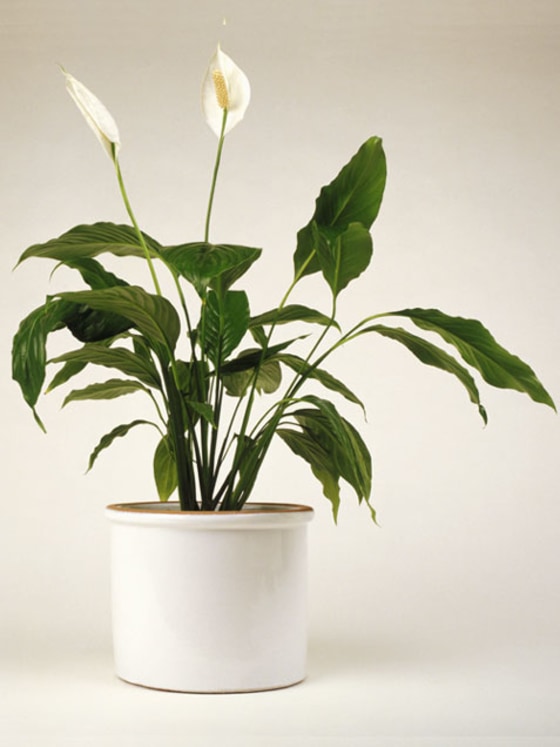 Why you want it: Surely you've seen this indoor house plant in many homes, since it has such pretty, curving white blooms and dark leaves—and it's super easy to grow.
Why you want it: Surely you've seen this indoor house plant in many homes, since it has such pretty, curving white blooms and dark leaves—and it's super easy to grow.How to care for it: This house plant favors low humidity and also low light, making it great for rooms with few windows. It prefers moist soil throughout the pot and tolerates standard temperatures ranging to about 85 degrees.
Why you want it: It doesn't get much easier than this indoor house plant—also sometimes known as mother-in-law's tongue! It has variegated leaves that grow upright, and some varieties' leaves have yellow or white edges. It has small white flowers that bloom only rarely.
How to care for it: This indoor plant grows well in a whole range of lighting conditions. The air should be somewhat dry, as should the soil. Any normal room temperature should suit it just fine.
FICUS
 Why you want it: This indoor tree has shiny leaves to add cheer to any indoor space. Its stems can be braided for a tidy topiary effect we love.
Why you want it: This indoor tree has shiny leaves to add cheer to any indoor space. Its stems can be braided for a tidy topiary effect we love.How to care for it: This tree likes full sun, or at least bright filtered light. Most varieties (there are about 800!) prefer several days of dry soil in between thorough watering. Room temperatures between 65 to 75 degrees work best.
Plants make every space better. With these great tips and ideas, you can create your own little indoor paradise to enjoy throughout the winter and all year round.
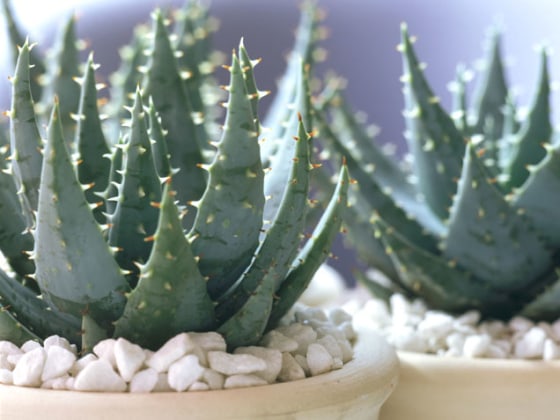
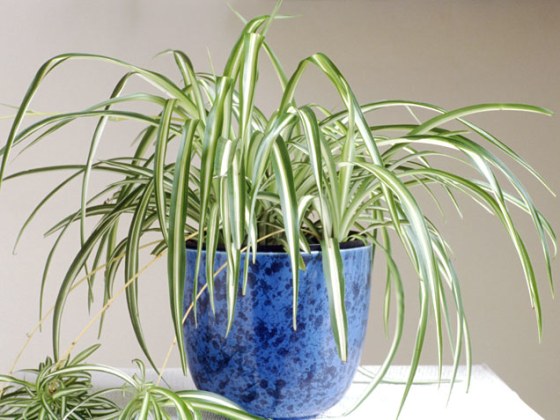
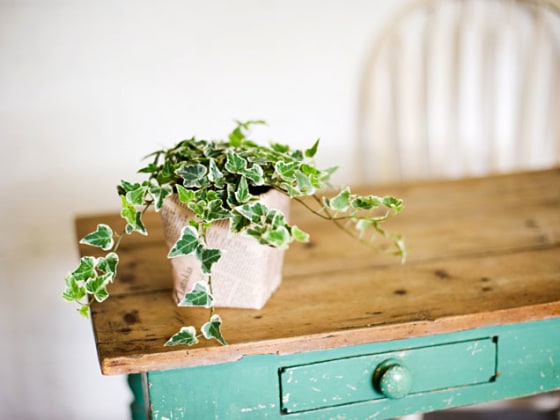
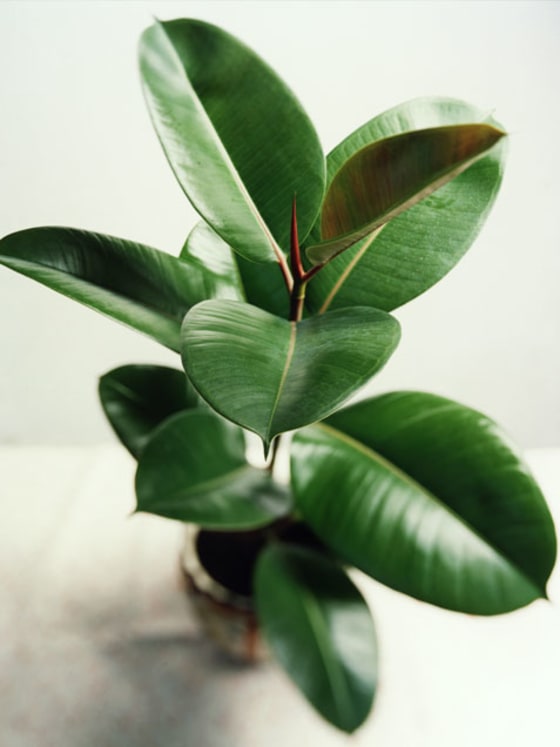
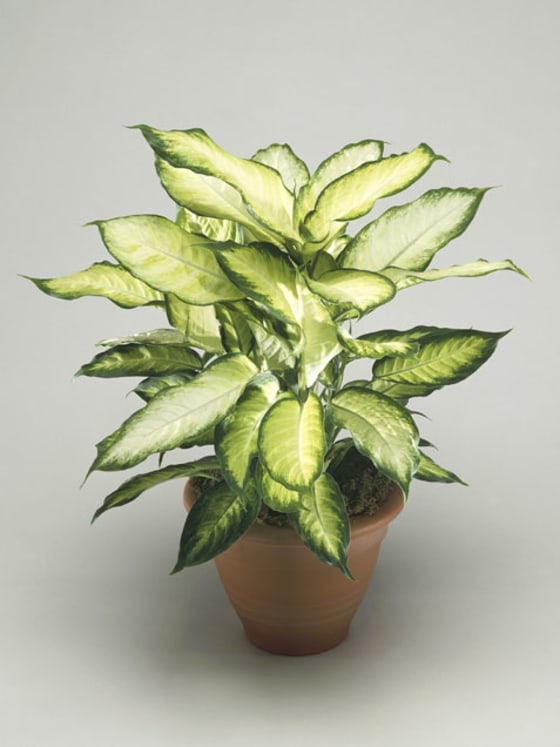
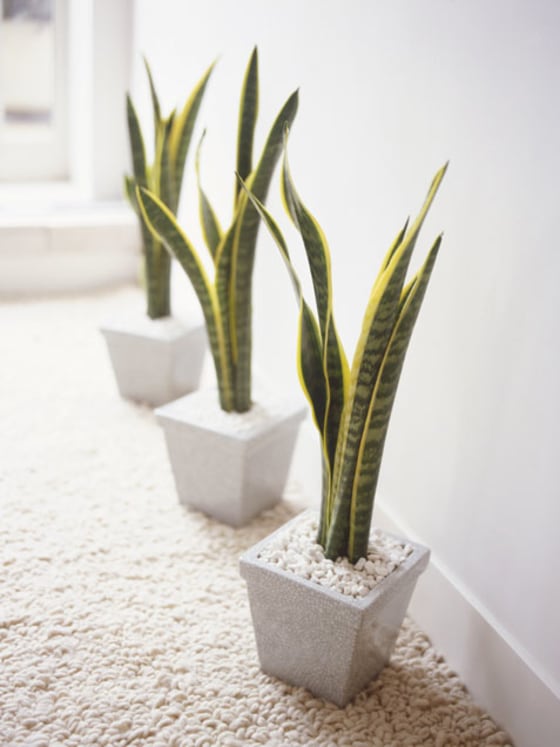
No comments:
Post a Comment